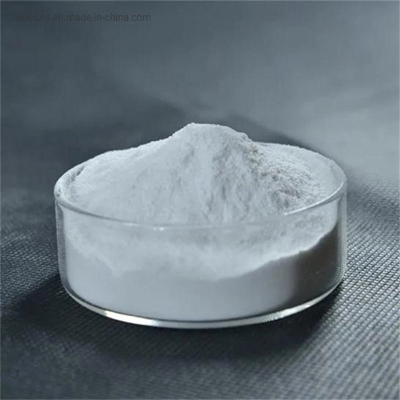-
Categories
-
Pharmaceutical Intermediates
-
Active Pharmaceutical Ingredients
-
Food Additives
- Industrial Coatings
- Agrochemicals
- Dyes and Pigments
- Surfactant
- Flavors and Fragrances
- Chemical Reagents
- Catalyst and Auxiliary
- Natural Products
- Inorganic Chemistry
-
Organic Chemistry
-
Biochemical Engineering
- Analytical Chemistry
- Cosmetic Ingredient
-
Pharmaceutical Intermediates
Promotion
ECHEMI Mall
Wholesale
Weekly Price
Exhibition
News
-
Trade Service
The transfer and immobilization of biological macromolecules onto solid nitrocellulose or nylon (polyvinylidene difluoride (PVDF)) membranes subsequently followed by specific detection is referred to as blotting.
DNA
blots are called Southerns after the inventor of the technique, Edwin Southern. By analogy, RNA blots are referred to as northerns and protein blots as westerns (Burnette, Anal Biochem 112:195–203, 1981). With few exceptions, western blotting involves five steps, namely, sample collection, preparation, separation, immobilization, and detection. In this chapter, protocols for the entire process from sample collection to detection are described.






